For the most versatile call center software that helps with generating call center response statistics, Nextiva is the best overall choice. Nextiva offers savings of up to 30% for new customers.
When you want to improve the customer service results for your call center, it’s important to start with a quality assurance (QA) program. With QA standards in place, your call center team knows the expectations when dealing with customers. These standards ensure your company follows compliance rules while also improving the customer experience.
The 9 Best Tools for Call Center Quality Assurance
Maintaining your quality assurance standards becomes easier when using call center software like our top pick Nextiva. The software tracks interactions with customers, ensuring team members are following protocols. It also generates statistics about how the team handles calls. We’ve reviewed the best call center software tools.
- Nextiva — Best overall
- RingCentral — Easiest deployment for SMBs
- Cloudtalk — Best call center software for remote teams
- 8×8 — Best contact center software for enterprise-grade security
- Zendesk Talk — Best call center software for support and automated ticketing
- Freshdesk Contact Center — Simple contact center software for teams of all sizes
- Five9 — Best all-in-one contact center software
- CrazyCall — Best call center software for outbound sales
- Talkdesk — Best call center software for end-to-end customer experience
How Call Center Quality Assurance Works
Following quality assurance techniques in a call center is important for generating a positive customer experience. When customers receive poor quality service from a call center team member, they may leave poor reviews for the company. They may even decide to switch to another company.
With a quality assurance program in place for the call center team members, everyone knows the expected standards. When team members run into difficult situations, they can stick to the quality assurance program and maintain a professional demeanor.
Part of running a quality assurance program in the call center involves gathering data about the calls your team is handling. Without data in hand, it is difficult to measure the performance of the team. It’s tough to know if team members are following the program without taking measurements.
Through the development of a quality assurance program, your company has a better chance of measuring costs related to running the call center, too. A call center that is performing poorly is going to end up costing far more to run. On the other hand, when you streamline the process, team members work efficiently, saving time and money while giving customers excellent service.
What Metrics Are Important for Call Center Quality Assurance?
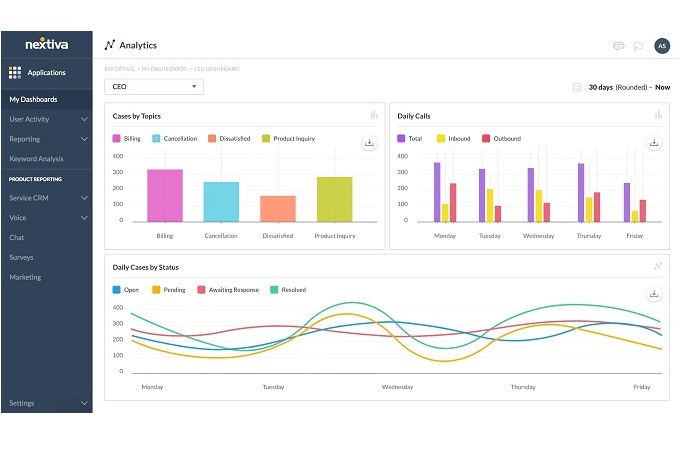
Measuring the performance of your call center quality assurance program often requires the use of software. Call center software helps you gather and decipher this data. With Nextiva, for example, you can receive help with measuring things like:
- Average speed of answering calls
- Average talk time
- Average handle time
- Customer satisfaction score
- Customer total time on hold
- Number of dropped calls
- First-call resolution frequency
- Average number of agents each customer spoke with
- Time spent on additional tasks after the call ended
This information helps you determine whether you are receiving the results in customer interactions that you need. If customers are having to speak with more agents than you want to see, you may need to adjust your program to improve the routing of customers to the proper agent earlier in the call.
Not only can you track performance statistics with Nextiva, but it provides help with improving individual performance. Nextiva provides coaching tools that give team members quick feedback for items related to their calls. It can help with measuring an individual team member’s performance while delivering tips for making improvements.
Nextiva records and stores the calls, allowing administrators to review them later. It can generate automated surveys for customers, helping you determine the way your call center is performing from the customers’ point of view. Additionally, Nextiva helps your agents rate their own performance after calls, which reveals areas where the agent feels unsure.
How to Determine Which Metrics Fit Your Company
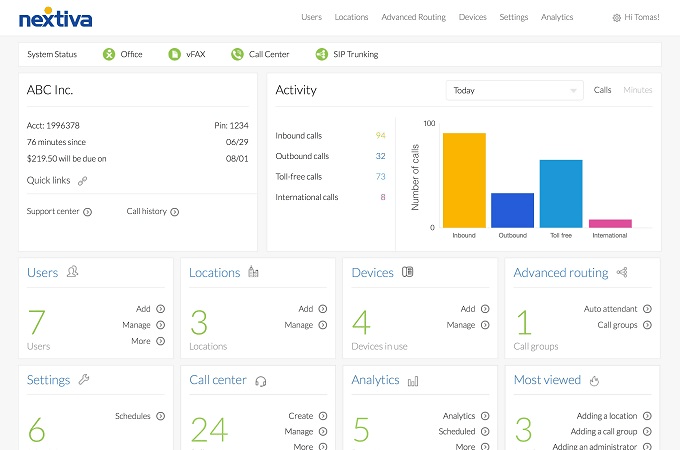
Although call center software can help you measure a large number of metrics related to quality assurance programs, certain metrics need greater emphasis. If things like average talk time and speed of answering calls lead to higher customer satisfaction scores for your company, you need to focus on these measurements.
You don’t want to spend a lot of time and money gathering data on metrics that do not fit the way your call center operates.
The best way to find key metrics is to set goals for how you want the call center to operate. The goals should indicate areas where you want to make improvements in your customer service. You then can use the metrics to gauge your progress toward reaching those goals. Some common goals for call center performance include:
- Customer experience: Keeping your customers on hold for a shorter amount of time and routing them to the right call center team member early in the process can lead to better customer experience results.
- Call center productivity: With a more streamlined process, you can handle more calls with fewer agents. Your quality assurance program should measure time per call, helping you find areas for improvement.
- Measure training effectiveness: You can use your quality assurance program’s metrics to determine the effectiveness of your call center training program. If your team members are falling short of benchmarks in certain areas with regularity, it may indicate a hole in your training.
Although setting goals can seem like a daunting task, one way to simplify the process is by thinking about the results you want from your call center. Then work backward from those results to set the goals for quality assurance.
It’s also important to set quality assurance goals that match your overall goals for the business. Even though these QA goals specifically relate to customer service, a successful result in customer service should go hand in hand with business success.
Best Practices For QA With Different Channels
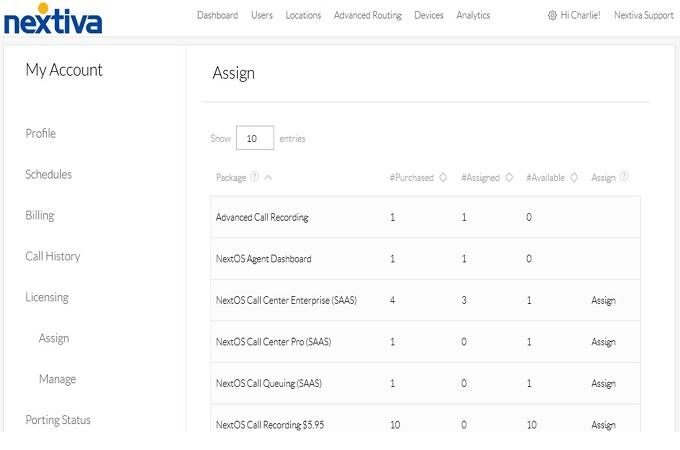
If your call center handles all types of communication from customers, you need to think about each channel independently. If your call center team deals with phone calls, live chat, email, social media messages, and other interactions, the QA program should address each channel individually.
As you create your call center quality assurance program, you may want to emphasize different areas of importance within each channel. For example, when answering customer telephone calls, it’s important to try to answer the question without having to pass the customer to another team member. Customers don’t like being passed around, running the risk of disconnection.
For a live chat interaction, responding to the customer as quickly as possible is important, or the customer may abandon the chat, assuming a technical glitch. For an email message, including multiple details within step-by-step instructions is important, even if it takes a little longer to create such a message.
How To Create and Implement Your Quality Assurance Program
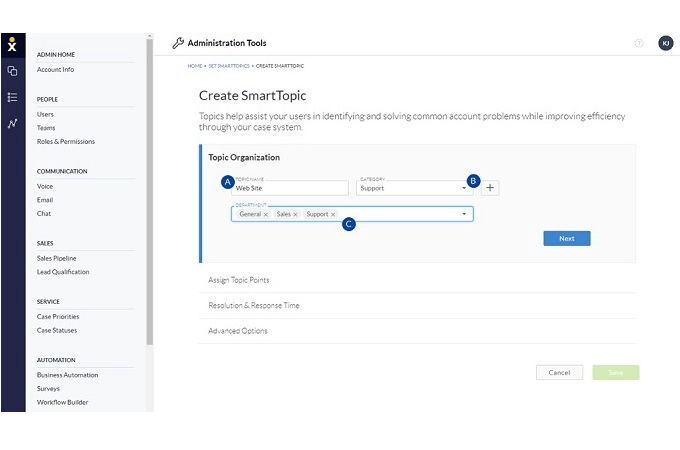
With your goals identified, you can begin laying out the details for the call center quality assurance program.
Start by spelling out the steps the call center team members should follow in a variety of situations they may encounter. Try to be as detailed as possible, giving team members the guidance they need for both typical and atypical customer service requests. The program should list separate steps for handling phone calls, text messages, and social media messages.
The QA program should spell out the types of metrics your call center software will measure. Expectations for team members in terms of the treatment of customers should be part of the program.
Additionally, the program should outline how administrators and supervisors will monitor calls and the performance of team members. It should specify how administrators will provide feedback.
Once the specific aspects are in place, it’s time to implement the program. Training is a requirement to ensure all administrators and call center team members are on the same page. Everyone needs to understand the expectations for the call center’s performance. They also need to have an understanding of the new steps required to handle customer interactions.
How To Measure the Success of the Call Center QA Program
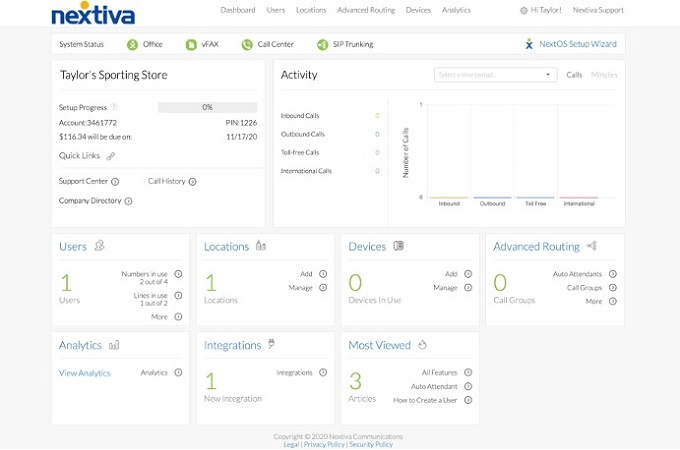
Ideally, you are measuring the performance of your call center team well before you implement any quality assurance program. If you are not measuring performance now, you should start. This allows you to compare performance before you implement the QA program and after. Call center software can help you collect these measurements.
Rather than immediately assigning blame to team members when the QA program is not delivering the desired results, look closely at the program. It may not have enough detail, or it may be missing instructions for dealing with some common types of customer topics. If so, team members won’t have the training and guidance they need for success. Some of the most important items to measure include:
- Following the script: Were call center team members able to follow the script for dealing with the call? Or are some subjects forcing the team members to go off script?
- Verifying identity: When team members are speaking with customers about personal information, does the program provide the steps needed to verify the caller’s identification beyond a doubt?
- Routing calls: Are team members who initially handle the call able to ask the right questions to learn the subject of the call, so they can route the call to the right person quickly enough?
- Time management: Are team members able to deal with the customer’s request in a timely manner? Or is the script for the call taking the agent and customer in directions that are just wasting time?
- Resolution: Was the team member able to resolve the customer’s question to the customer’s satisfaction? If not, did the team member make arrangements to have someone else reach out to the customer?
- Tone of the call: Did the team member handle the entire call with the customer in the proper way, using a tone that matches up with the requirements of the QA program? Did the team member use inappropriate language or offend the customer in any way?
- Abusive customers: Does the program have steps the agent can follow when a customer becomes belligerent? Are there methods in place to protect the team members or to pass the call to an incident resolution specialist when the caller is treating the agent unfairly?
- Lost calls: If the team lost any calls during the day, what was the reason for the loss? Did the customer hang up in frustration? Did the team member lose the call while trying to transfer it to someone else? Was there a technical glitch for the customer or the call center?
Additionally, you may want to measure call results based on the nature of the call to gain the most accurate data. If a customer is calling in with a complaint, you may want to measure the outcome differently than if the customer is asking a product question, for example. The data measurements you can accomplish with your call center software are almost endless.
How To Improve Your Call Center QA Program
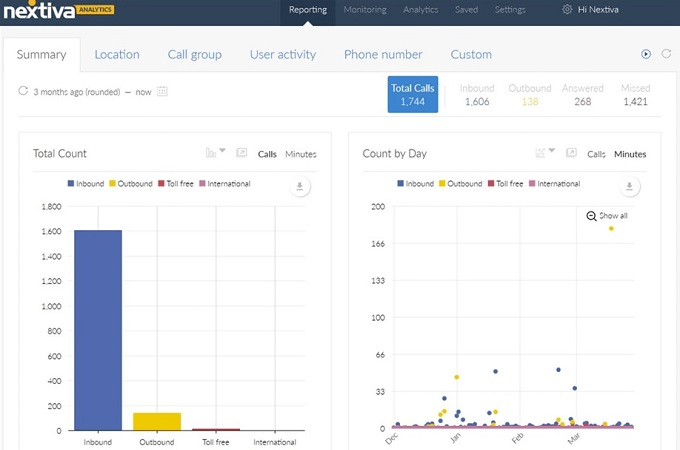
As your call center team works through the quality assurance program, use call center software to collect data about performance. You should measure results on individual agent and team-wide levels.
When you spot areas where one agent or the entire team is not hitting goals, revisit the quality assurance program. Study the program to determine if it lacks detail in certain areas, leading to undesirable results. The program may be too complex, leaving agents unable to follow it in a streamlined manner, causing delays in resolving customer issues.
You may find that additional company-wide or individual training may be enough to alleviate any problems. In other cases, though, your quality assurance program may need some adjustments and tweaking.
Don’t be afraid to make changes to the program when the data shows that adjustments are necessary. We wouldn’t recommend making changes on a random basis or immediately after encountering one type of problem. Instead, study the data and make changes in areas where the data shows that the program needs improved performance.
As part of implementing your quality assurance program, you may want to designate a certain person to oversee the program. Asking a manager who already has multiple responsibilities to sort through all the data that the call center software is generating may leave the program neglected. Having a dedicated person in charge of the QA program nearly always yields the best results.
Final Thoughts About Call Center Quality Assurance
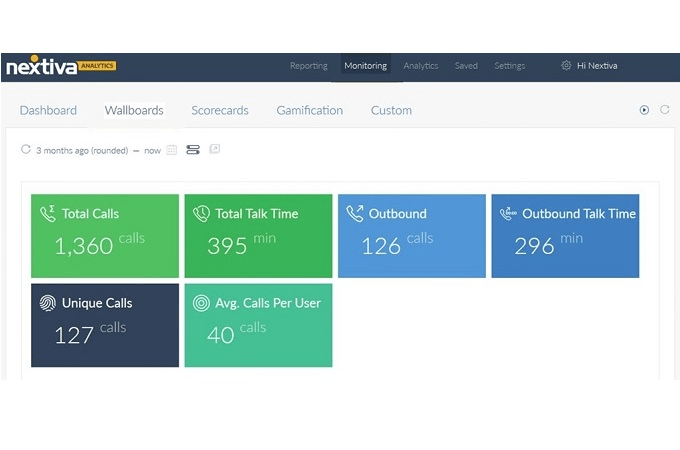
Ultimately, installing a quality assurance program in your call center streamlines the entire process. Rather than having team members wonder about how to handle certain problems, the program guides them in the right direction. Team members can diagnose the customers’ problems faster, freeing them up to work through more calls.
Your customer support results will almost certainly show improvement once you place more of a focus on quality assurance. You may find it also gives you better results with all aspects of customer outreach through your contact center.
The quality assurance processes you follow in your call center have far-reaching effects. By reducing mistakes and improving the customer experience, you will eventually see improved business results, which is the ultimate goal.
